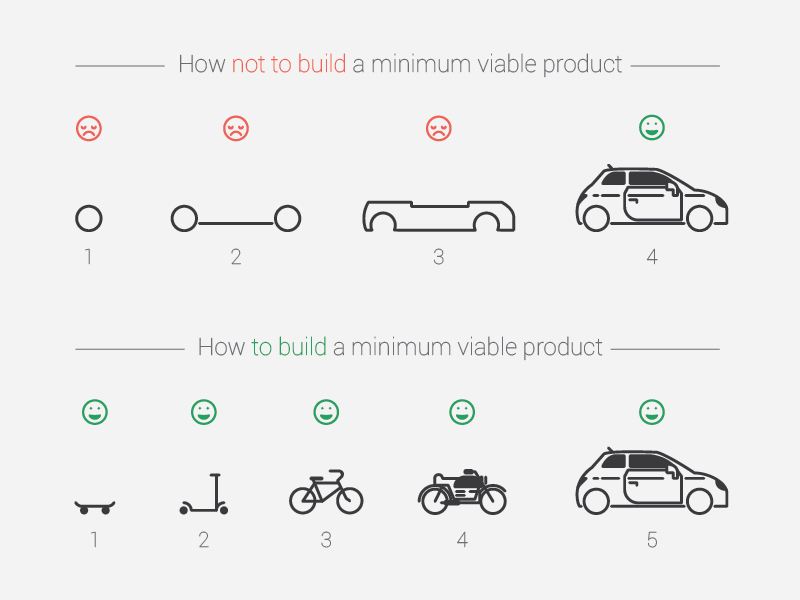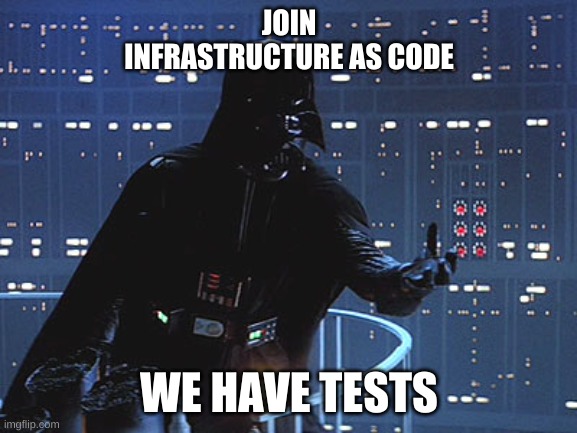Rolling


Lean software development
Principles
- Eliminate waste
- Amplify learning
- Decide as late as possible
- Deliver as fast as possible
- Empower the team
- Build integrity in
- Optimize the whole
⬇️
Eliminate waste
- Partially done work
- Extra features
- Relearning
- Task switching
- Waiting
- Handoffs
- Defects
- Management activities
➕
- Building the wrong feature or product
- Mismanaging the backlog
- Rework
- Unnecessarily complex solutions
- Extraneous cognitive load
- Psychological distress
- Waiting/multitasking
- Knowledge loss
- Ineffective communication.
Amplify learning
- Learning by coding
- Testing before documentation
- Short iterations
Decide as late as possible
Uncertainty → Delaying
Deliver as fast as possible
- Just In Time
Empower the team
People != resources
Build integrity in

Optimize the Whole
the whole is always more than the sum of its parts
Customers > Company > Team > Self
Automation
Why
Time
Manual tasks: ~ linear time
Automated tasks: invest + profit
Quality
Manual tasks: variable
Automated tasks: uniform
On-boarding
Manual tasks: human process
Automated tasks: Industry standard
What
- Provisioning
- Commissioning
- Configuration
- Deployment
How
Infrastructure-as-Code

“cloud”
- virtualization
Orchestration
Ansible, Salt, Terraform, Cloudformation
Configuration management
Maintaining a state based on data
Ansible, Bcfg2, CFEngine, Chef, Otter, Puppet, Salt, Terraform…
CI
Why
- Test smallest increment possible
- increase bus factor
What
- release
- test
- build
How
Environment spwaning
Examples
- Jenkins
- Gitlab CI
- CircleCI
- Travis
Impact on my application
Github flow
Branch → Pull Request → Validation → Merge
12 factors
- Codebase One codebase tracked in revision control, many deploys
- Dependencies Explicitly declare and isolate dependencies
- Config Store config in the environment
- Backing services Treat backing services as attached resources
- Build, release, run Strictly separate build and run stages
- Processes Execute the app as one or more stateless processes
- Port binding Export services via port binding
- Concurrency Scale out via the process model
- Disposability Maximize robustness with fast startup and graceful shutdown
- Dev/prod parity Keep development, staging, and production as similar as possible
- Logs Treat logs as event streams
- Admin processes Run admin/management tasks as one-off processes
End
Rolling
